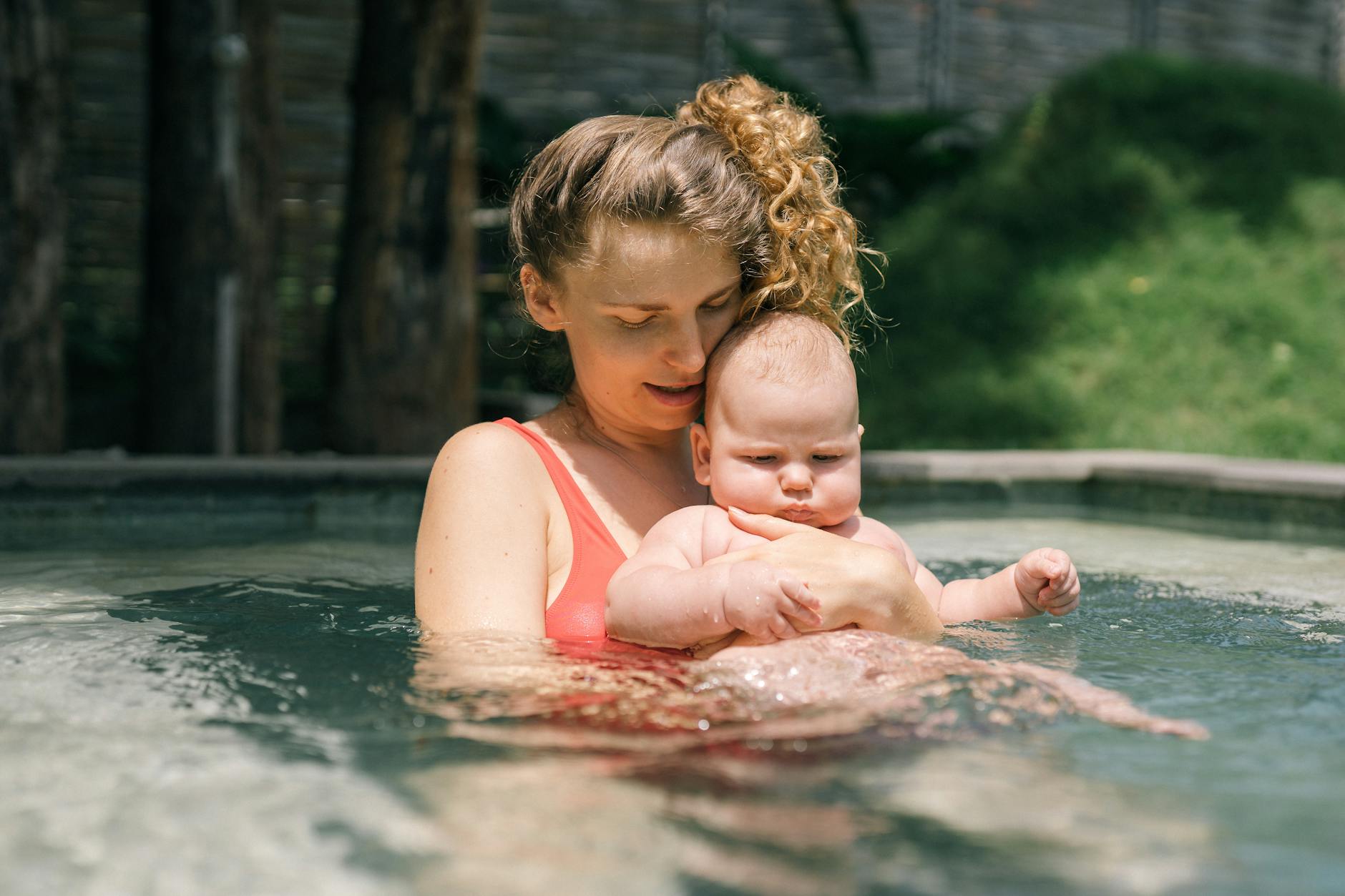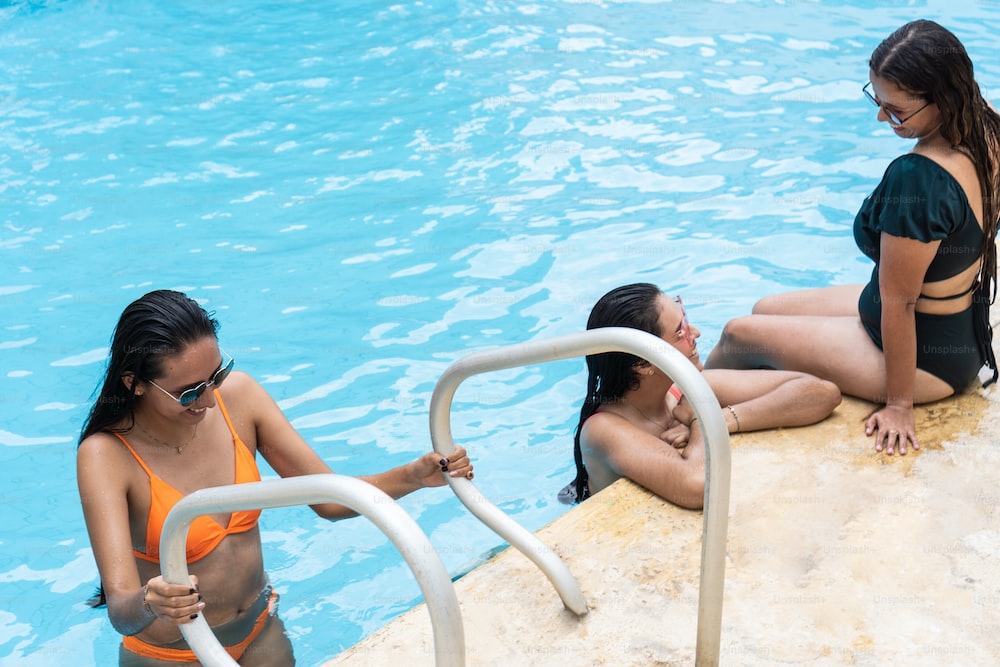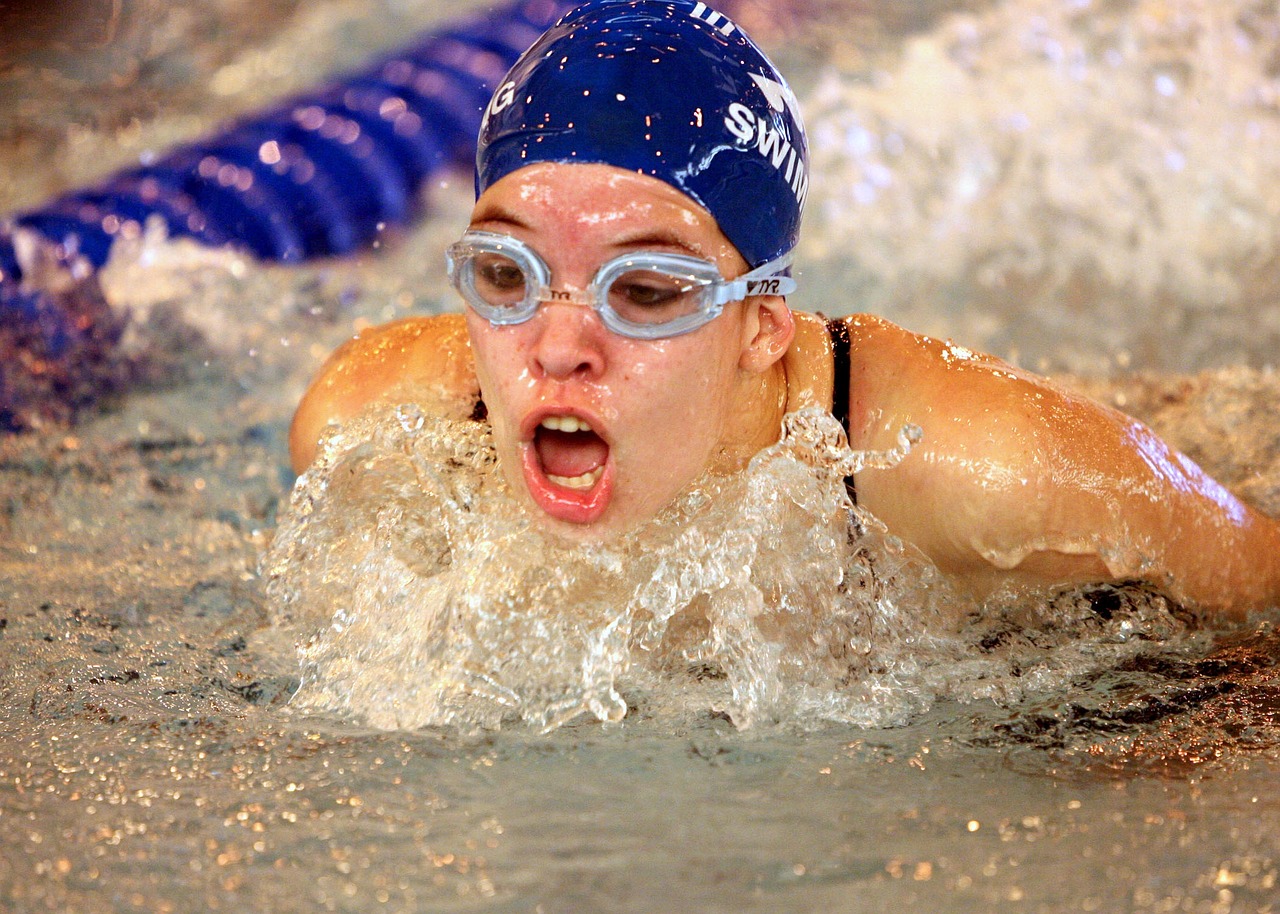Young Swimmers: How to Support Young Swimmers to Reach Their Full Potential
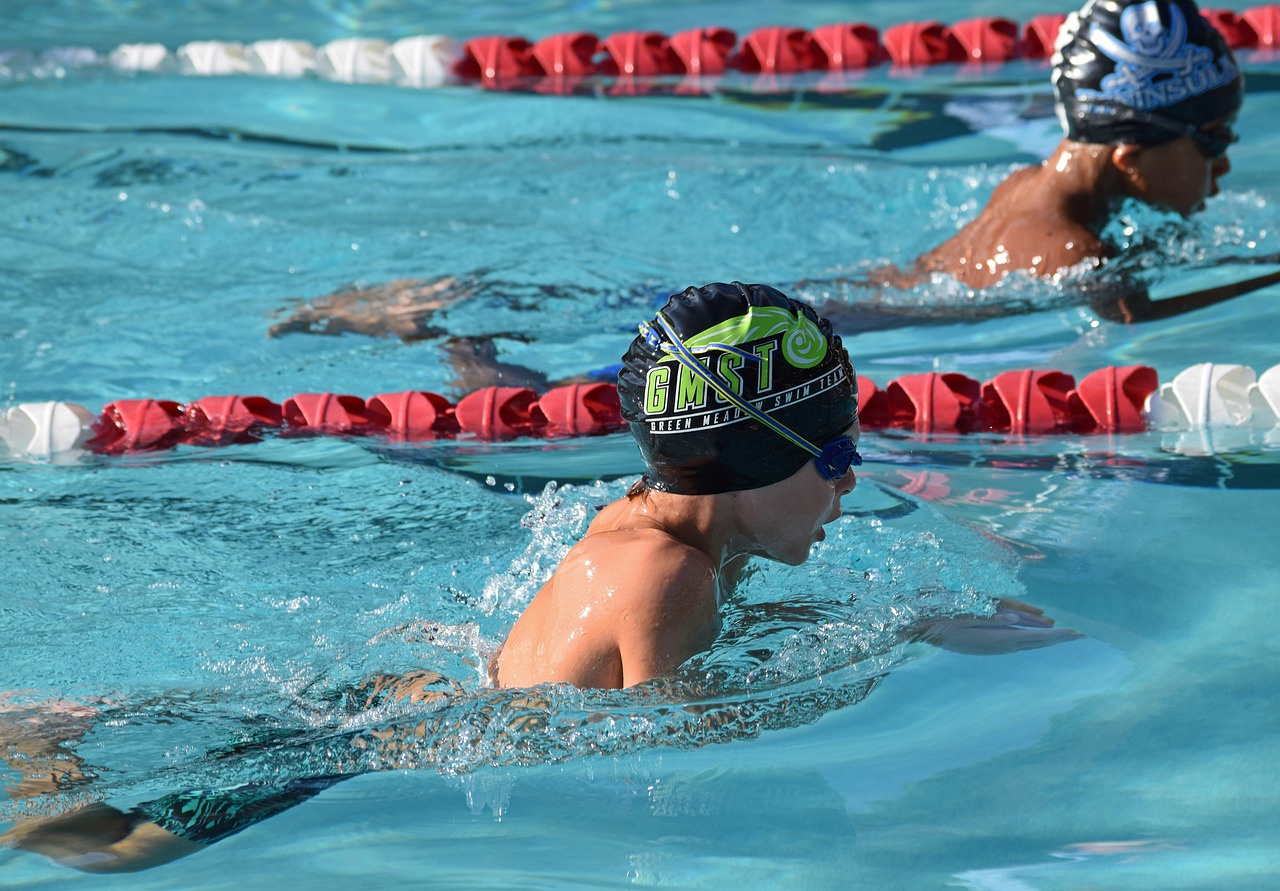
As a parent or coach, you have the power to shape a young swimmer’s journey in the water.
Swimming is an excellent form of exercise that not only improves physical fitness but also develops mental toughness and emotional resilience.
For young swimmers, it is essential to build a strong foundation of skills and techniques to help them reach their full potential.
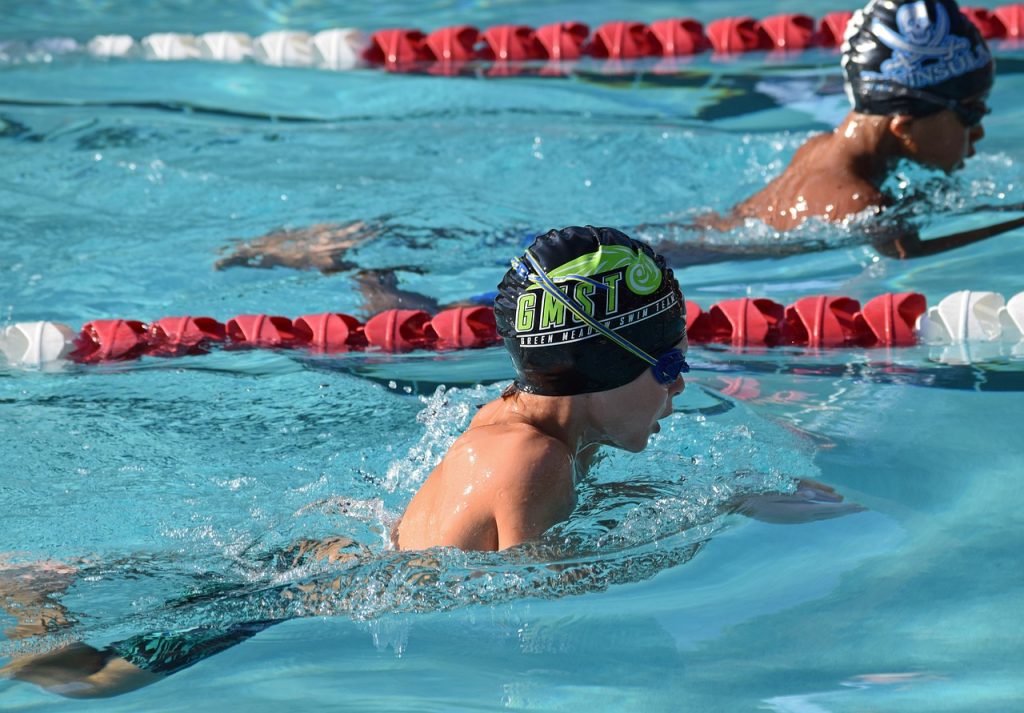
In this article, we will explore different ways to support young swimmers in their journey and help them become the best they can be.
Introduction to Supporting Young Swimmers
Swimming is a fun and rewarding activity for children of all ages. Not only does it provide a full-body workout, but it also improves cardiovascular health and lung capacity.
As a parent or coach, it is essential to support young swimmers in their journey and help them develop a love for the sport.
Encouraging young swimmers to participate in swim meets and competitions can help boost their confidence and give them a sense of accomplishment.
Importance of Supporting Young Swimmers
Young swimmers need support and guidance to help them reach their full potential.
As they learn new skills and techniques, they may face challenges and setbacks.
It is essential to provide a positive and supportive environment to help them overcome these obstacles and continue to progress.
By supporting young swimmers in their journey, you can help them develop a lifelong love for the sport and improve their overall health and fitness.
Ways to Support Young Swimmers to Reach Their Full Potential
1. Understanding the Different Swim Strokes for Young Swimmers
There are four main swim strokes that young swimmers need to learn: freestyle, backstroke, breaststroke, and butterfly.
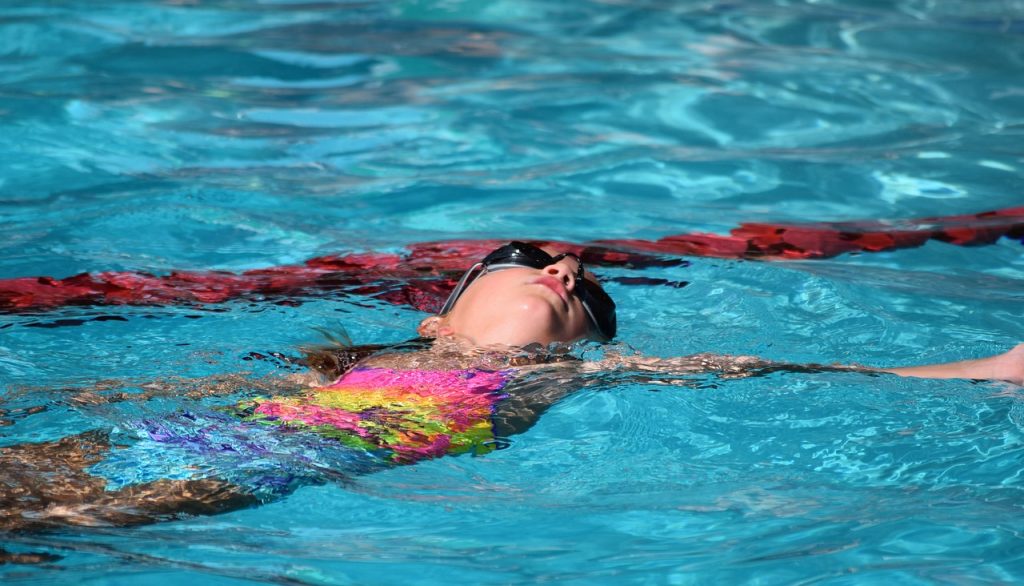
Each stroke requires different techniques and skills, and it is essential to teach them in a structured and progressive manner.
Young swimmers need to learn proper technique and form to avoid injury and swim efficiently.
How to Teach Freestyle to Young Swimmers
Freestyle, also known as front crawl, is the most basic and commonly used swim stroke. It involves alternating arm strokes and flutter kicks while keeping the head down and breathing to the side.
To teach young swimmers the freestyle stroke, start by:
- Teaching them the basic arm and leg movements.
- Encourage them to practice kicking and arm strokes separately before putting them together.
- Use visual aids like videos and diagrams to help them understand the proper technique and form.
Below is a video that practicalized how the freestyle stroke also known as the front crawl is done:
How to Teach Backstroke to Young Swimmers
Backstroke is similar to freestyle but is swum on the back instead of the stomach. It involves alternating arm strokes and flutter kicks while keeping the face up and breathing to the side.
To teach young swimmers backstroke, start by:
- Teaching them the basic arm and leg movements.
- Encourage them to practice kicking and arm strokes separately before putting them together.
- Use visual aids like videos and diagrams to help them understand the proper technique and form.
Below is a video that practicalized how the Backstroke is done:
How to Teach Breaststroke to Young Swimmers
Breaststroke is a more complex swim stroke that involves a frog-like kick and a sweeping arm motion. It is essential to teach young swimmers proper technique and form to avoid injury and swim efficiently.
To teach young swimmers breaststroke, start by:
- Teaching them the basic arm and leg movements.
- Encourage them to practice kicking and arm strokes separately before putting them together.
- Use visual aids like videos and diagrams to help them understand the proper technique and form.
Below is a video that practicalized how the Breaststroke is done:
How to Teach Butterfly to Young Swimmers
The butterfly stroke is the most challenging swim stroke and requires a lot of strength and coordination. It involves a dolphin-like kick and a simultaneous arm motion.
To teach young swimmers the butterfly stroke, start by:
- Teaching them the basic arm and leg movements.
- Encourage them to practice kicking and arm strokes separately before putting them together.
- Use visual aids like videos and diagrams to help them understand the proper technique and form.
Below is a video that practicalized how the Butterfly stroke is done:
READ ALSO: How to Achieve the Swimmer’s Body Type
2. Supporting Young Swimmers Physical Development
Young swimmers need to develop strength, endurance, and flexibility to swim efficiently and avoid injury.
- It is essential to incorporate dry-land exercises and strength training into their swim routine to help them build the necessary muscle and endurance.
- Encourage young swimmers to maintain a healthy diet and get enough sleep to support their physical development.
3. Nurturing Young Swimmers Mental and Emotional Well-Being
Swimming can be a mentally and emotionally challenging sport, and young swimmers need support to develop resilience and mental toughness.
- Encourage young swimmers to set goals and track their progress to help them stay motivated and focused.
- Provide positive feedback and constructive criticism to help them improve while maintaining their confidence.
- Encourage them to have fun and enjoy the sport while learning and growing.
4. Creating a Positive and Supportive Swim Environment for Young Swimmers
- Creating a positive and supportive swim environment is essential to help young swimmers thrive.
- Encourage parents and coaches to work together to create a safe and supportive space for young swimmers.
- Provide positive feedback and encouragement to help them build confidence and improve.
- Address any negative behaviors or attitudes that may affect young swimmers’ mental or emotional well-being.
5. Setting Goals and Tracking Progress for Young Swimmers
Setting goals and tracking progress are essential to help young swimmers stay motivated and focused.
- Encourage young swimmers to set achievable goals that help them improve their technique and form.
- Provide regular feedback and progress reports to help them track their progress and adjust their goals as needed.
- Celebrate their achievements and milestones to help them stay motivated and confident.
READ ALSO: 10 Bad Swimming Habits Holding You Back
6. Encouraging and Motivating Young Swimmers
Encouragement and motivation are essential to help young swimmers stay engaged and committed to the sport.
- Provide positive feedback and constructive criticism to help young swimmers improve their technique and form.
- Celebrate their achievements and milestones to help them stay motivated and confident.
- Encourage them to have fun and enjoy the sport while learning and growing.
The Role of Parents and Coaches in Supporting Young Swimmers
Parents and coaches play a crucial role in supporting young swimmers.
As a parent, it is essential to provide emotional support and encouragement to help young swimmers stay motivated and focused.
As a coach, it is essential to provide constructive feedback and guidance to help young swimmers improve their technique and form.
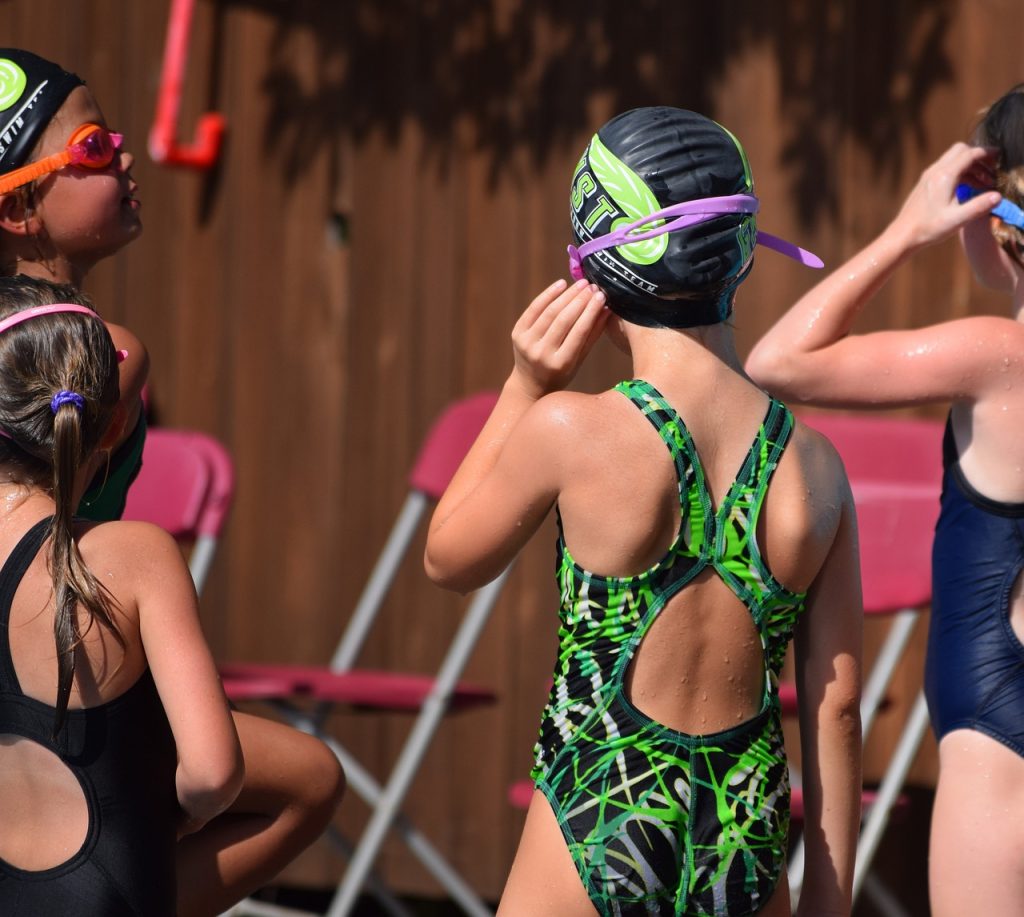
Working together, parents and coaches can create a positive and supportive environment that helps young swimmers reach their full potential.
Resources and Tools to Support Young Swimmers
There are many resources and tools available to support young swimmers in their journey.
From swim gear, swim camps, and clinics to online resources and coaching apps, there are many ways to help young swimmers improve their technique and form.
Encourage young swimmers to explore different resources and tools to find what works best for them.
READ ALSO: Everything You Should Know About the Meaning of Starts in Swimming
Conclusion and Final Thoughts
Supporting young swimmers in their journey is essential to help them reach their full potential.
By providing a positive and supportive environment, teaching proper technique and form, and encouraging and motivating them, young swimmers can develop a love for the sport and improve their overall health and fitness.
As parents and coaches, it is our responsibility to nurture young swimmers’ physical, mental, and emotional well-being and help them become the best they can be.
If you want to read more answers to difficult sports questions, subscribe to our newsletter today. We provide expert advice and tips on a wide range of sports topics, including swimming.
Subscribe to our newsletter!
Don’t miss out on valuable insights and information that can help you become a better athlete or coach.
Subscribe today and take your game to the next level!
